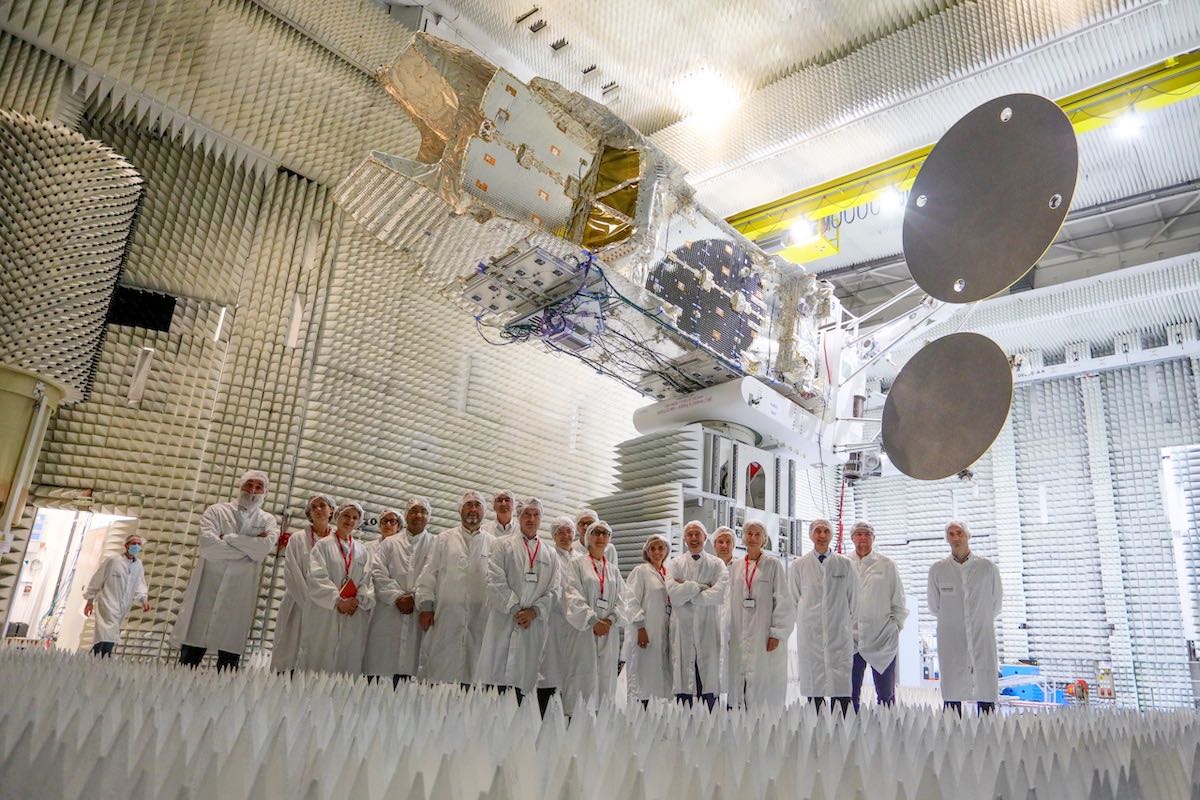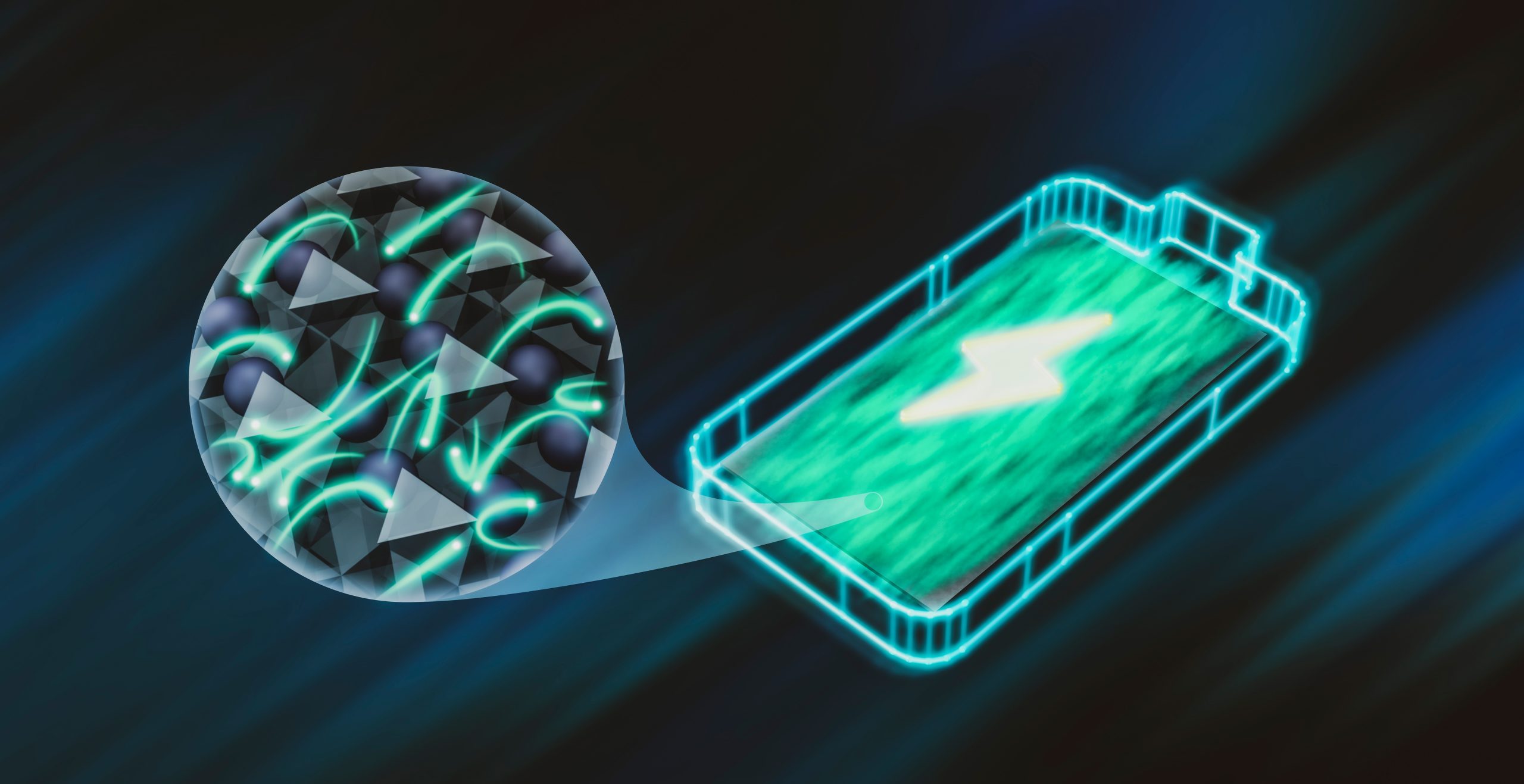GRAPES-3 experiment unveils unexpected twist in cosmic ray spectrum
by Staff Writers
Mumbai, India (SPX) Feb 05, 2024
The Tata Institute of Fundamental Research’s GRAPES-3 experiment, based in Ooty, India, has made a pivotal discovery in the field of cosmic ray physics. Researchers have identified a new characteristic in the cosmic-ray proton spectrum at an energy level of around 166 tera-electron-volt (TeV), a finding that spans a measurement range from 50 TeV to just over one peta-electron-volt (PeV). This observation introduces a potential shift in our understanding of cosmic ray origins, their acceleration processes, and how they move within the Milky Way.
Cosmic rays, discovered over a century ago, represent the universe’s most energetic particles. These particles bombard Earth uniformly from all directions, penetrating our atmosphere and creating a cascade of secondary particles, including electrons, photons, muons, protons, and neutrons, that reach the ground at nearly light speed.
The study of cosmic rays covers a broad energy spectrum, from 10^8 to 10^20 eV, with their flux decreasing steeply at higher energies-a behavior traditionally described by a single power-law up to the “knee” at about 3 PeV, where a notable change in the energy spectrum suggests a limit to Galactic cosmic-ray acceleration.
The recent findings from the GRAPES-3 experiment challenge this long-standing model by identifying a new feature in the cosmic-ray spectrum between 100 TeV and the knee. This discovery was made possible through the innovative use of a dense array of plastic scintillator detectors alongside a large-area muon detector. This setup allowed the team to collect data from around eight million cosmic ray shower events, a scale of observation several thousand times larger than possible with space-based detectors, which often lack precision in this energy range due to limited data.
Under the leadership of Pravata K. Mohanty, Principal Investigator of the GRAPES-3 experiment and faculty member at the Tata Institute of Fundamental Research in Mumbai, the team’s analysis combined with intensive computer simulations has opened new avenues for understanding cosmic ray phenomena. Published in Physical Review Letters, the study’s findings suggest that the standard model of cosmic rays may need reevaluation to incorporate this newly observed feature.
This research not only enriches our comprehension of cosmic rays but also underscores the critical role ground-based observatories play in astrophysical research. By expanding the observable spectrum of cosmic rays with unprecedented precision, the GRAPES-3 experiment contributes to a deeper understanding of the most energetic processes in the universe.
The discovery marks a significant step forward in cosmic ray research, indicating that our galaxy harbors complexities in cosmic ray production and propagation yet to be fully understood. As the scientific community delves further into this finding, it may well pave the way for novel theories on cosmic ray origins and their role in the cosmic ecosystem.
Research Report:Evidence of a Hardening in the Cosmic Ray Proton Spectrum at around 166 TeV Observed by the GRAPES-3 Experiment
Related Links
Tata Institute of Fundamental Research
Stellar Chemistry, The Universe And All Within It
The content herein, unless otherwise known to be public domain, are Copyright 1995-2023 – Space Media Network. All websites are published in Australia and are solely subject to Australian law and governed by Fair Use principals for news reporting and research purposes. AFP, UPI and IANS news wire stories are copyright Agence France-Presse, United Press International and Indo-Asia News Service. ESA news reports are copyright European Space Agency. All NASA sourced material is public domain. Additional copyrights may apply in whole or part to other bona fide parties. All articles labeled “by Staff Writers” include reports supplied to Space Media Network by industry news wires, PR agencies, corporate press officers and the like. Such articles are individually curated and edited by Space Media Network staff on the basis of the report’s information value to our industry and professional readership. Advertising does not imply endorsement, agreement or approval of any opinions, statements or information provided by Space Media Network on any Web page published or hosted by Space Media Network. General Data Protection Regulation (GDPR) Statement Our advertisers use various cookies and the like to deliver the best ad banner available at one time. All network advertising suppliers have GDPR policies (Legitimate Interest) that conform with EU regulations for data collection. By using our websites you consent to cookie based advertising. If you do not agree with this then you must stop using the websites from May 25, 2018. Privacy Statement. Additional information can be found here at About Us.
Note: This article have been indexed to our site. We do not claim legitimacy, ownership or copyright of any of the content above. To see the article at original source Click Here












